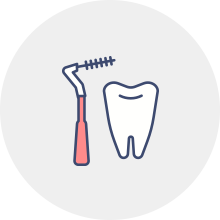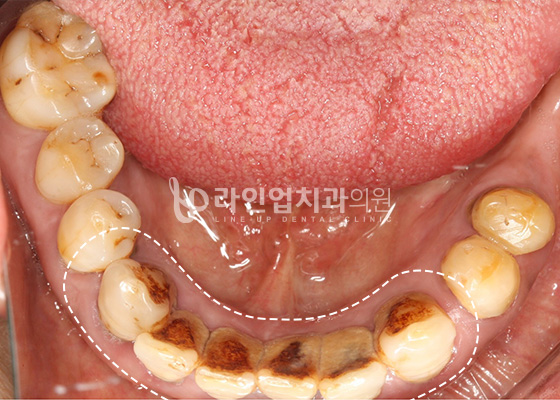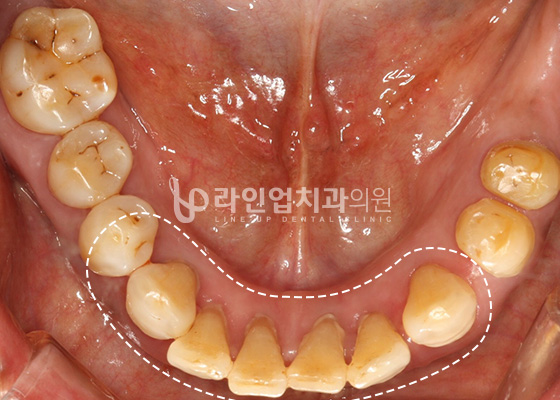A toothache with swollen gums and bleeding,
Treat in "Line Up"
Periodontal disease
LINE-UP DENTAL CLINIC
Removing a dental plaque which is a thin sticky mass of bacteria on the surface of a tooth. It's the most basic gum treatment and the first stage of treatment for severe gum disease.
Scaling is usually recommended once every six months to one year, but it depends on how you do oral care. Brushing your teeth better after scaling can keep your mouth clean for a long time.
The Progress Stage of Periodontitis
Healthy tooth and gums
Plaque full of bacteria, that turns to calculus, builds up between the teeth and gums.
More bone and tissue destruction.
The gums become red and inflamed caused by the body's reaction to the bacteria.
The bone recedes due to the inflammatory response to bacteria.
If the gum disease is left untreated, over time the teeth become loose and may be lost.
- Swollen or bleeding gums
- Having tartar or colouration
- Before whitening the teeth
- To prevent oral health
Q&A
After scaling, the teeth smart because all the thick plaques on the teeth were removed and the swollen gums returned normally, exposing the roots of the teeth. This means you'll be back in shape in two to three days.
Scaling removes the tartar and creates space. Also, the swollen gums can feel as if they had opened up between their teeth as they sat down. You can feel like you have gap-toothed in so many cases, and it doesn't actually have cut or gap in teeth.
After get scaling, you can feel having tartar buildup. It is recommended to get scaling regularly once a year from six months because it can cause cavities or inflammation with harmful substances which are compounded by food scraps with germs. If there is stain by nicotine or food, you may get scaling on occasion.
Periodontal Disease / Gum Disease Prevention Act

It is recommended to brush your teeth at least three times a day. (If the teeth are not cleaned properly, the teeth can be with plaque, cavity, and gum disease.)

Using interdental brush or dental floss is recommended for bleeding gums.

No smoking is helpful for oral health and gum health.

It is recommended that you should have regular dental examinations and scaling for six months or a year.


